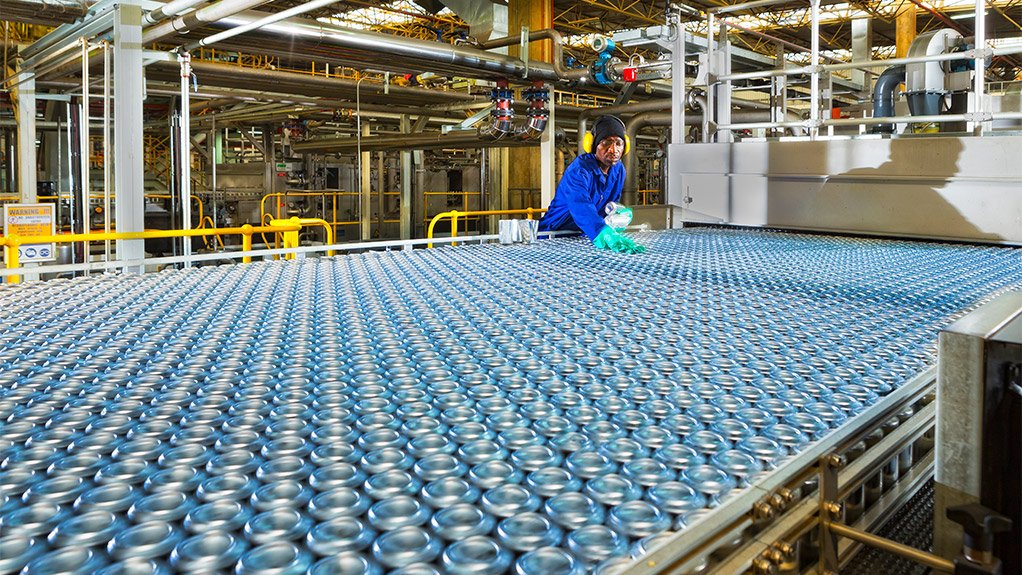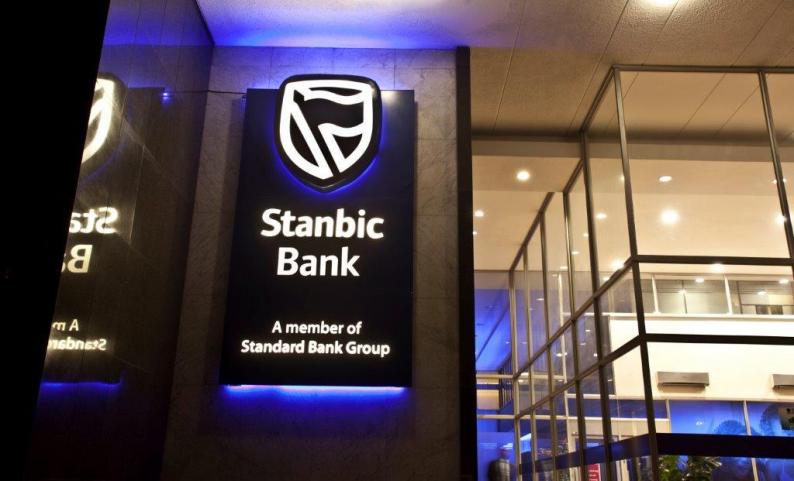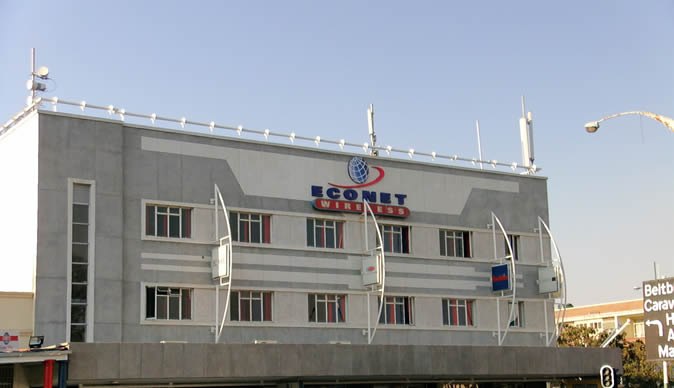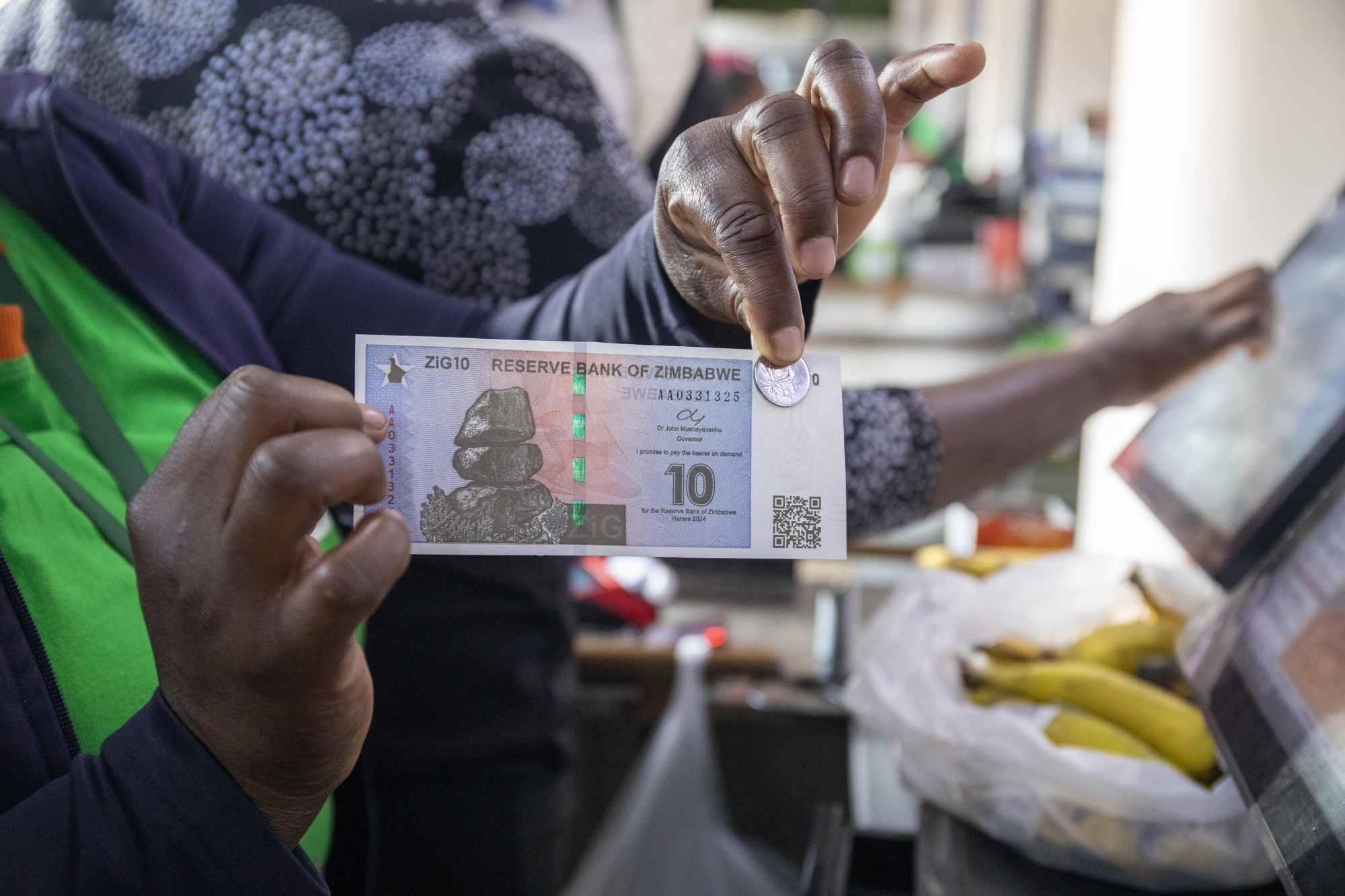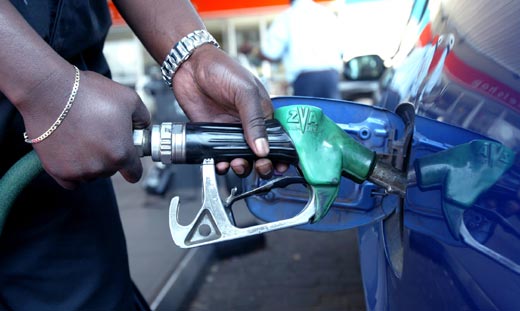Diesel usage rises 3.5% in Q1 as power outages weigh
HARARE – Zimbabwe’s petroleum performance for the first three months ended March 2025 shows a surge in consumption as a result of persistent power cuts, global oil price fluctuations and select increase in economic activities.
According to Zimbabwe Energy Regulatory Authority (ZERA), statistics seen by FinX, Zimbabwe’s diesel consumption increased by 3.5% in the first quarter, rising to 259.84 million litres from 251.04 million litres in the previous period. This surge is largely attributed to prolonged power outages, with the country experiencing daily 18-hour electricity cuts in March due to maintenance work at the Hwange Thermal power plant.
The maintenance work, which included the revamping of Unit 7 and statutory maintenance of Unit 6, was necessary to improve the plant’s efficiency and reliability. However, it highlights the country’s challenges in meeting its electricity demand, leading to increased reliance on alternative power sources like diesel generators. Industry players were forced to resort to these generators to maintain production lines during the power outages, driving up diesel consumption.
The surge in diesel consumption underscores the need for Zimbabwe to invest in its power infrastructure and diversify its energy sources to reduce reliance on diesel generators. By doing so, the country can mitigate the impact of power outages on its economy and support sustainable growth.
Diesel consumption has now tapered off from the high levels seen in November and December. Since 2009, diesel volumes hit a record high of 138.13 million litres in 2021 when power outages peaked. However, since then volumes have averaged below 100 million litres, only peaking above that in November, December and January 2025.
On a month-on-month basis, January recorded the highest diesel consumption at 102.14 million litres, representing a 17.4% increase from 87.05 million litres during the same period last year. February followed closely with 95.12 million litres, marking a significant 35.8% rise from 70.05 million last year. In contrast, March ranked third with 62.58 million litres, showing a 33.4% decline compared to the 93.94 million recorded during the same period last year.
Zimbabwe’s petrol consumption saw a significant surge in the first quarter, reaching a total of 174.63 million litres, up from 132.12 million litres during the same period last year. This represents a 32.2% increase, indicating a substantial rise in demand for petrol in the country.
January recorded the highest figure of 67.64 million litres, a 54.2% increase from 43.84 million last year. February followed closely with 54.25 million litres, marking a 39.6% rise from 38.85 million last year. In March, petrol consumption decreased slightly to 52.74 million liters, down from February’s 54.25 million liters. However, when compared to the same period last year, March’s consumption still marked a 6.7% increase from 49.43 million litres.
The global oil sector experienced significant volatility in the first quarter of 2025, driven by concerns over weak demand, increasing supply, and escalating trade tensions. This led to a decline in oil prices to four-year lows, eroding the support levels for Brent and West Texas Intermediate (WTI) above $65 per barrel.
At the start of the year, Brent crude was priced at $75 per barrel, while WTI was at US$72 per barrel. Both benchmarks saw a rally in mid-January, reaching five-month highs of US$81.86 for Brent and US$78.90 for WTI. However, the gains were short-lived, as tariff threats and trade tensions between the US and China, coupled with soft demand in Asia and Europe, weighed heavily on the market.
The combination of these factors resulted in a turbulent quarter for the oil sector, with prices fluctuating wildly in response to changing market dynamics. The uncertainty surrounding global demand, supply chain disruptions, and geopolitical tensions continues to impact the oil market, making it challenging for investors and industry stakeholders to predict future trends.
The pressure on oil prices intensified in early March, causing Brent crude to slip to US$69.12 per barrel and WTI to drop to US$66.06 per barrel, the lowest levels in the first quarter. According to the International Energy Agency (IEA), escalating trade tensions between the US and other countries worsened macroeconomic conditions, negatively impacting oil demand projections. The IEA highlighted the downside risks associated with US tariffs and retaliatory measures.
Elsewhere, Jet A1 fuel consumption reached 18.09 million litres in the first quarter which is however a decline from the comparable year ago quarter, while liquefied petroleum gas (LPG) consumption stood at 26.8 million kg over the three months.-finx


